With every single jump and high kick, sophomore Aine Mahony gets closer to reaching her goal of becoming a world champion Irish dancer.
“In my next upcoming competition, I have the chance to qualify for the world championships,” Mahony said. “I am an open champion, so I had to qualify to get here, but now I don’t have to qualify for nationals.”
Mahony has been Irish dancing since she was five years old. She started because of her Irish heritage and her older sisters dancing.
“My dad is originally from Ireland,” Mahony said. “While he had a brief dancing career, I started because my sister did dancing before me. She started because she saw a performance and thought it was the coolest thing ever, and when I saw her doing it, I was so jealous that I was too young for lessons, so the second I turned five, I signed up for my first lesson.”
Mahony’s mom, Shawna Mahony, said she recognizes the immense time that Mahony commits to the sport.
“In an average week, she would go to class three times a week for two to three hours per night,” Shawna Mahony said. “She trains for an hour a couple times a week, and she has private practices at home [a] couple times a week.”
Shawna Mahony said Irish dance is a unique sport, combining dance, artistry and competition all together.
“[In other sports] you tend to see one [discipline] or the other,” Shawna Mahony said. “I think gymnastics or figure skating are the most similar in that there can be artistry as well as athleticism.”
Mahony describes Irish dance as both challenging on the body and mind.
“Irish dancing is a very physical sport, but it can also be a mental sport,” Mahony said. “You’re dancing to the rhythm and tempo of the music; you have to have to have your mind turned on the whole time. It’s like you’re sprinting while having to think of everything you have to do all at once.”
Mahony said the pressure at the competitions is one of the more challenging parts of Irish dance.
“Competitions are really stressful; I’m worried I might fall on stage or not do my best and disappoint my friends and teachers,” Mahony said. “You kind of just have to know all you can do your best.”
Injuries are very common in Irish dance because of excessive jumping. Mahony has faced multiple injuries, including one just last year.
“You are pushing your body to the limit, so many people get injured,” Mahony said. “I had a broken wrist last year, and I was out of any movement for two months. I’ve also had tendinitis and Sever’s disease, which are problems with your foot from excessive jumping and pointing.”
Despite these challenges, Irish dancers are surrounded by a supportive community and are able to help each other overcome these difficulties.
“Aine is always ready to help other dancers figure out a move they may struggle with or find a new way to explain it so they can understand it,” Brenna McGinniss, freshman and dancemate, said.
Irish dance competitions have many moving parts. Two to three dancers perform on a stage at once, but don’t dance together. The music is always live, and each dancer on stage has their own unique choreography to go with the traditional Irish tune.
“Aine and I compete in the same category, but it has never been a hostile environment,” McGinniss said. “It has always been a fun way to dance with our friends while also competing in a friendly way.”
After two or three rounds, the top half of the dancers then move to recalls, where they perform a solo dance for a panel.
“For the solo costumes, no two are alike in the world,” Shawna Mahony said. “Each costume is specifically designed for that dancer.”
Along with the costumes, hair and makeup also plays a part in showing the culture of Irish dance.
“Nowadays, dancers wear curly wigs to emulate the traditional style of how Irish dancers used to wear their hair,” Shawna Mahony said. “Because the stage is so heavily lit, they put on lots of makeup to make sure their facial features don’t blend into the background, and tanner on their legs to show off their muscularity.”
Mahony’s approach to dancing has made an impression on her dance mates because of the devotion she gives to the sport.
“She is one of the most dedicated dancers I know,” McGinniss said. “[She] is always ready to learn or try something new.”


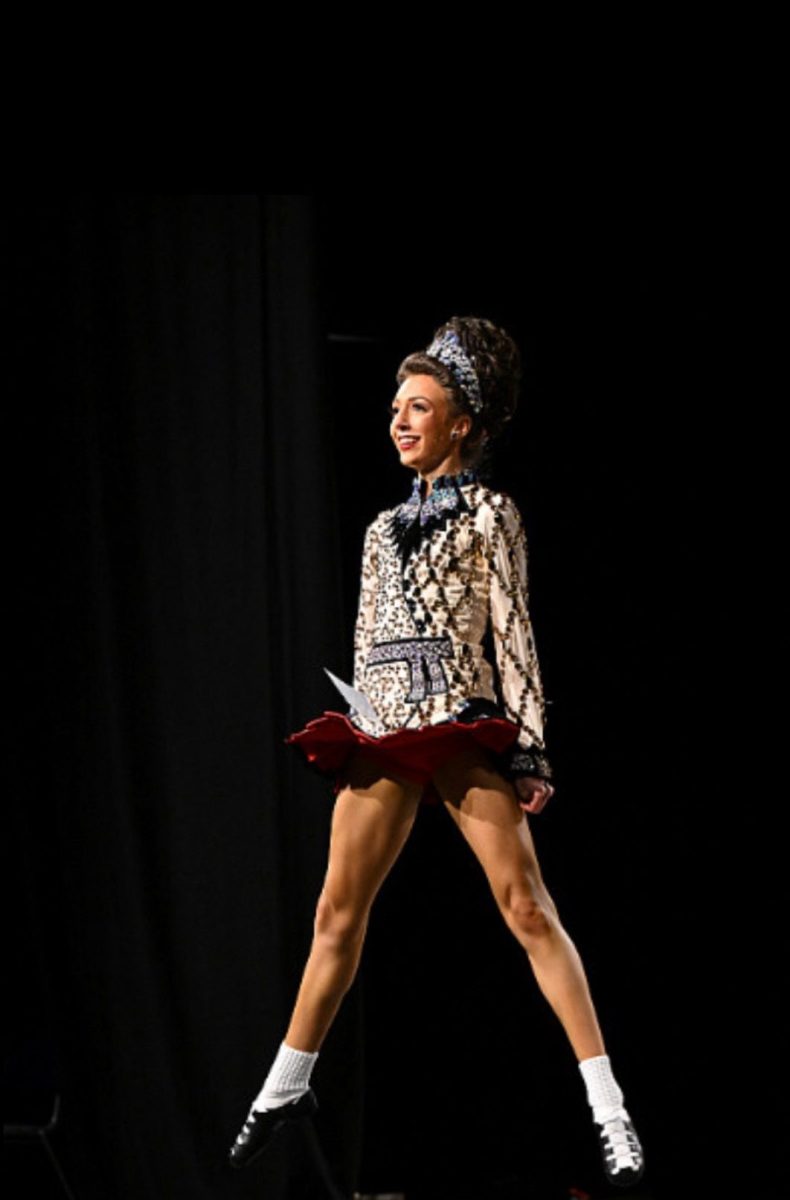
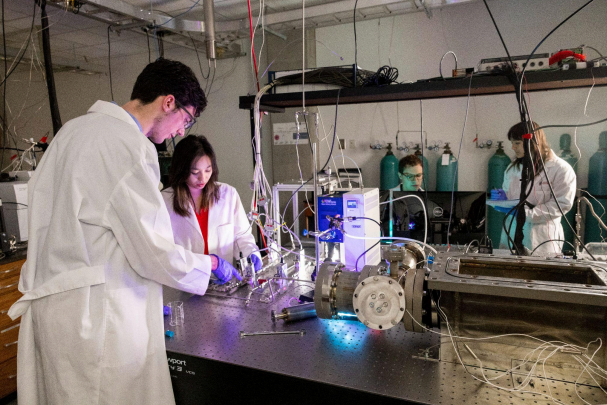
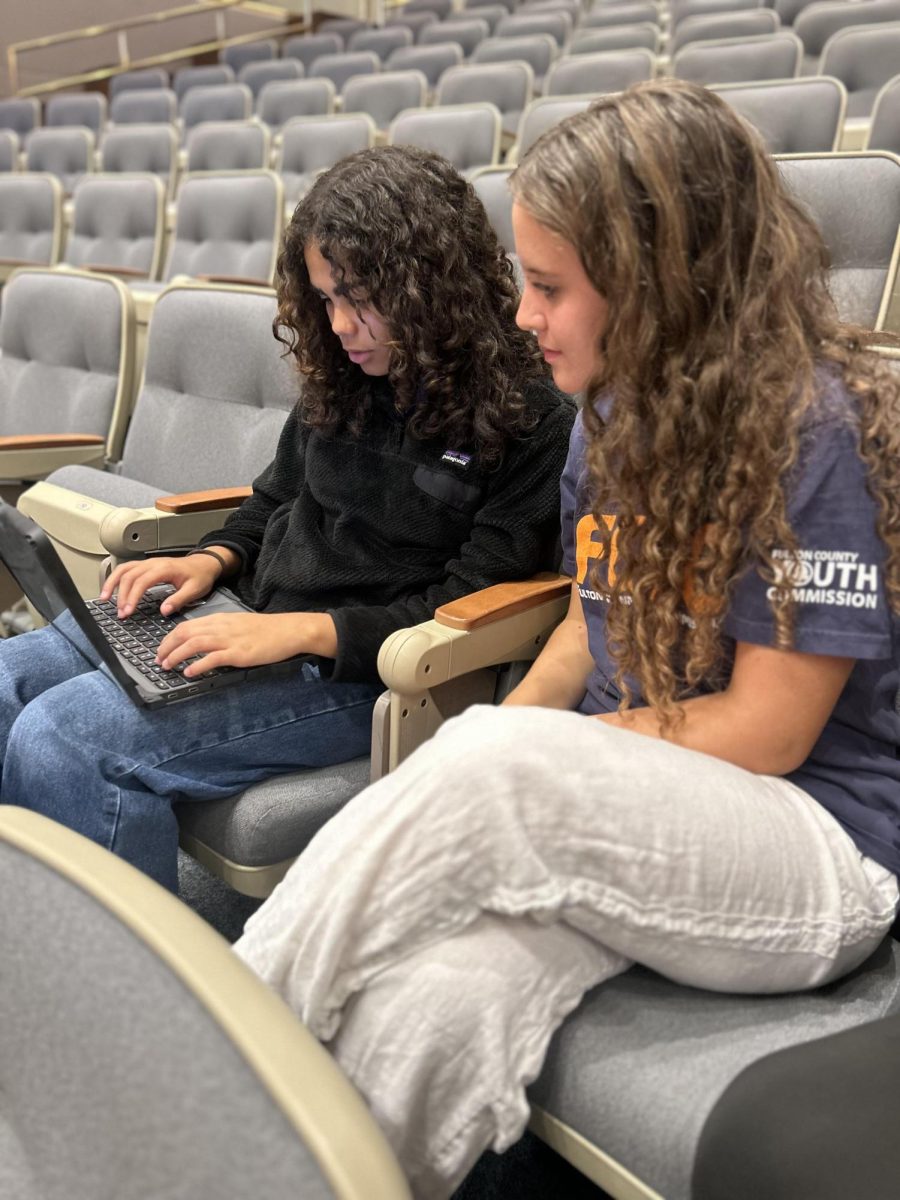
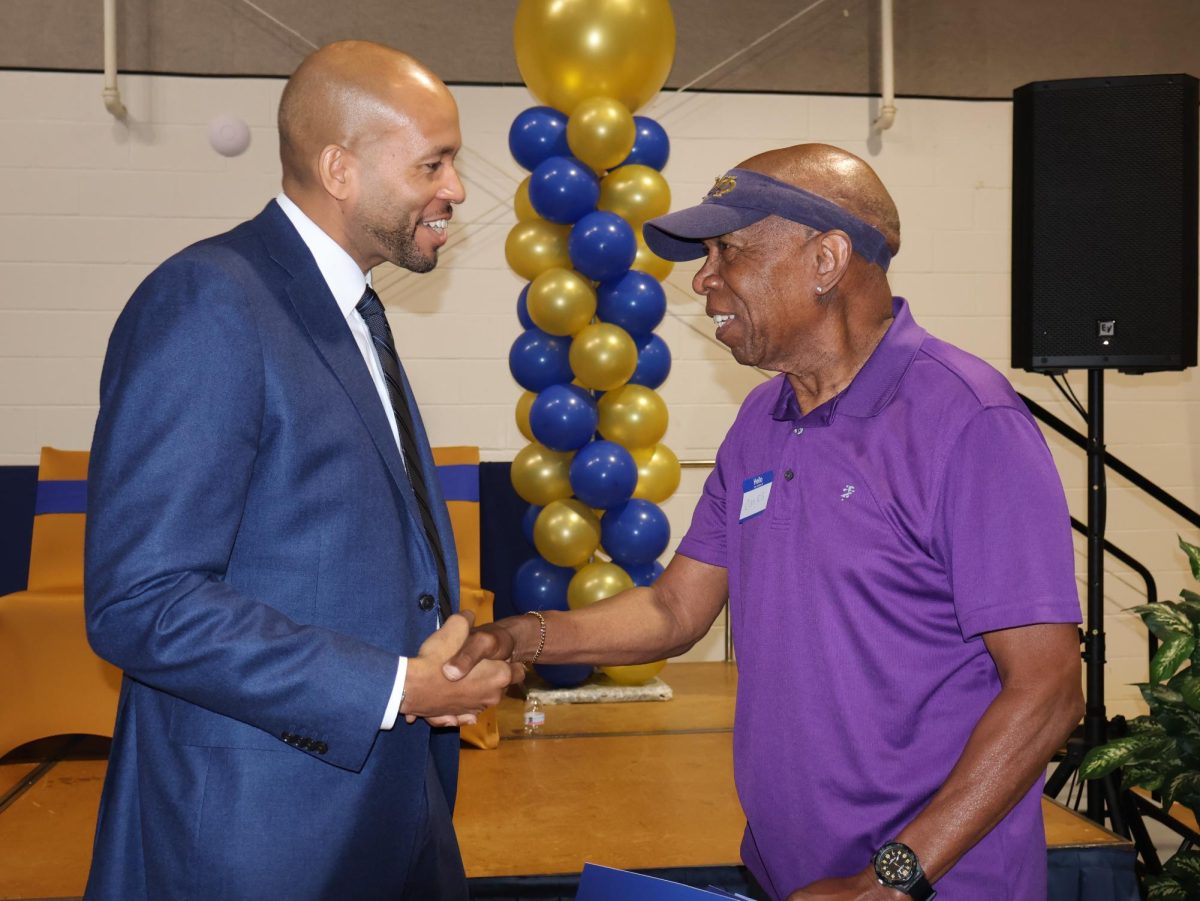
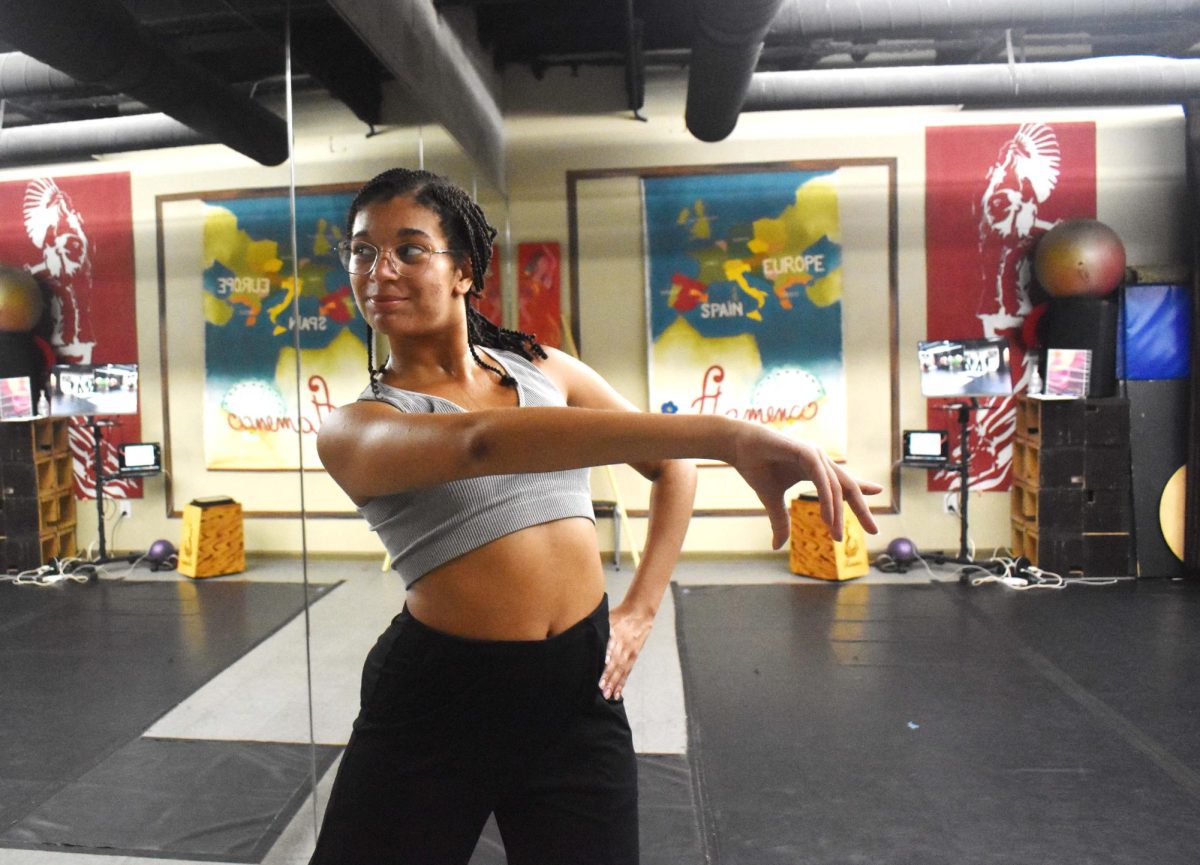


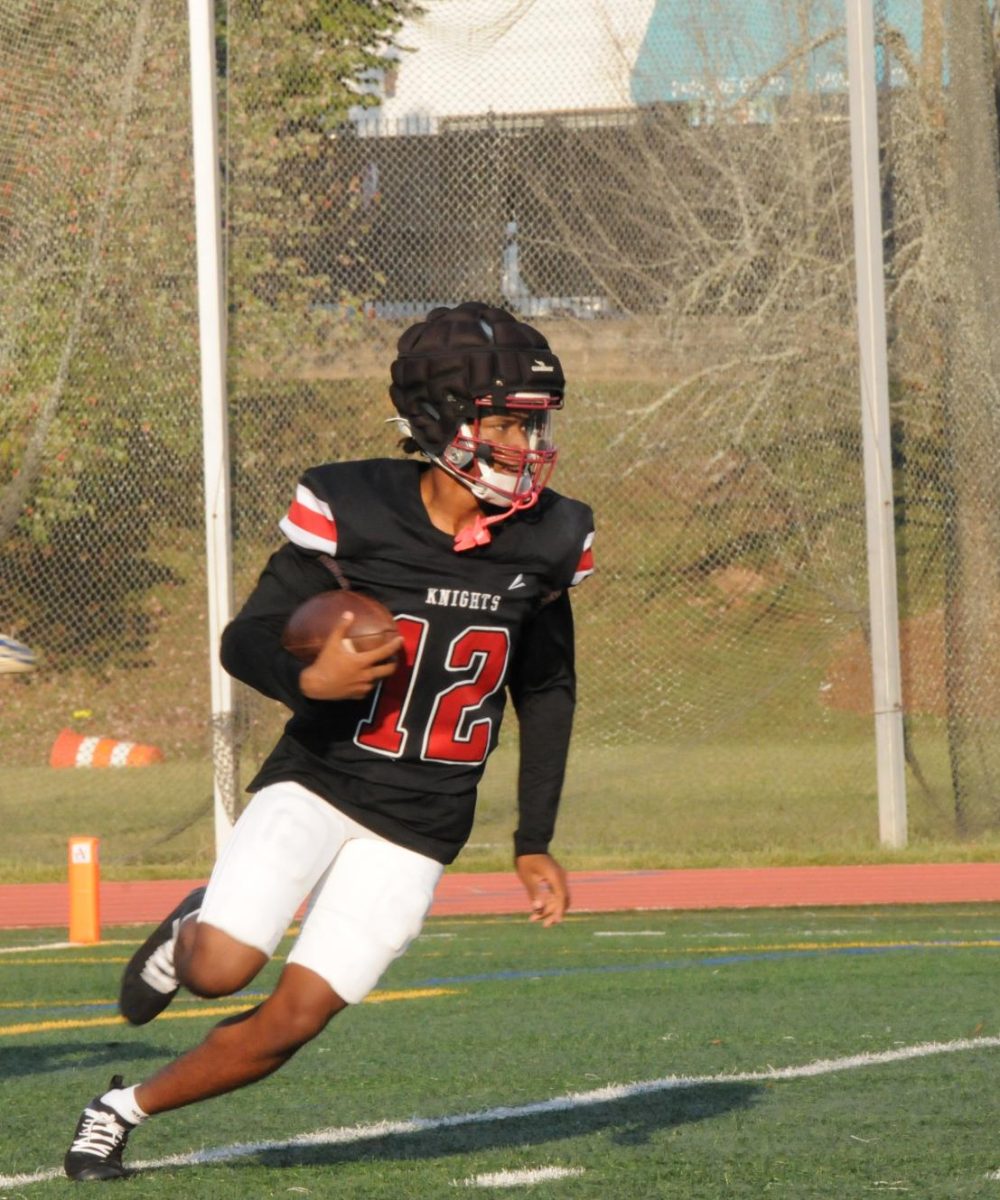
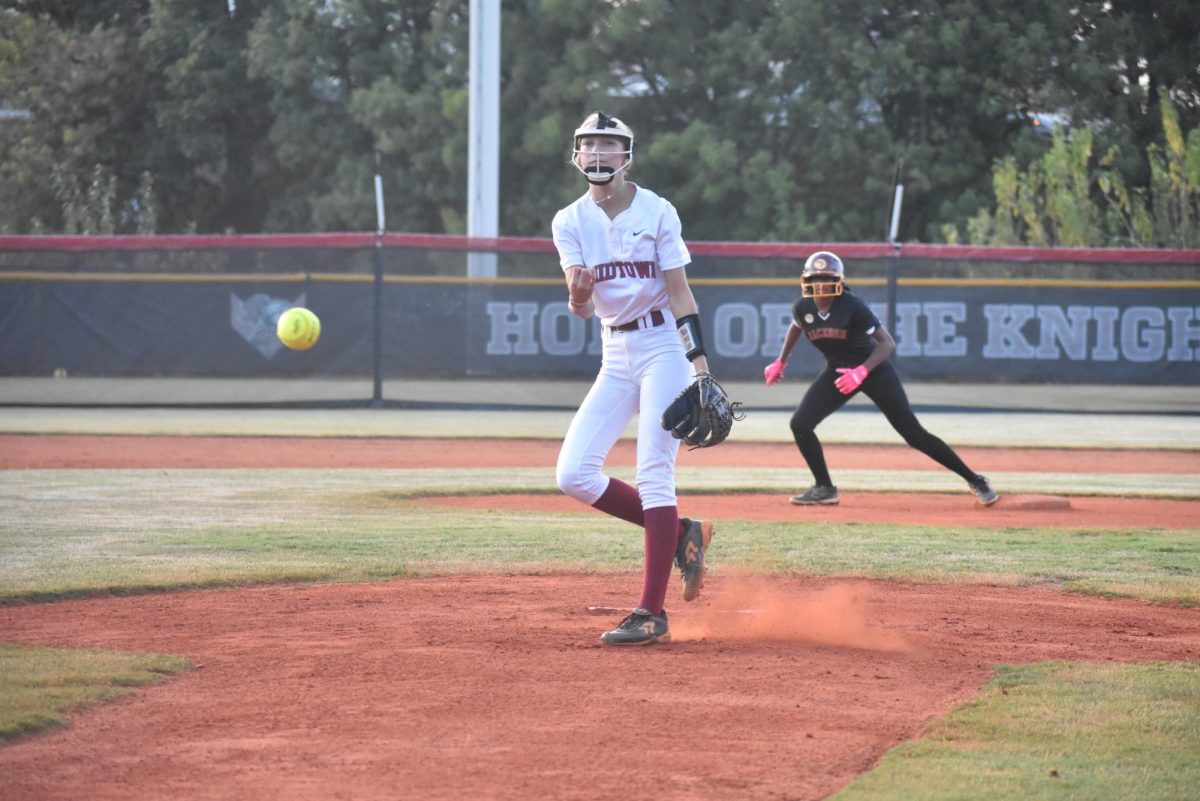
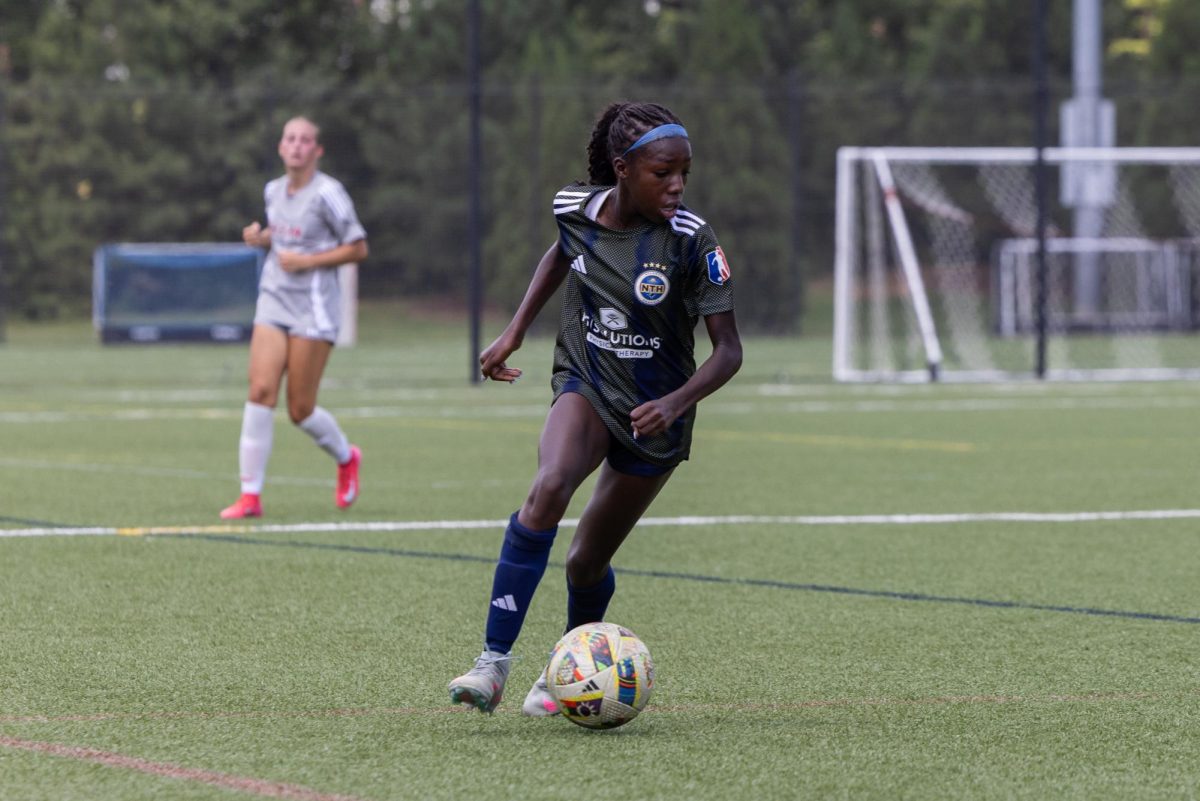
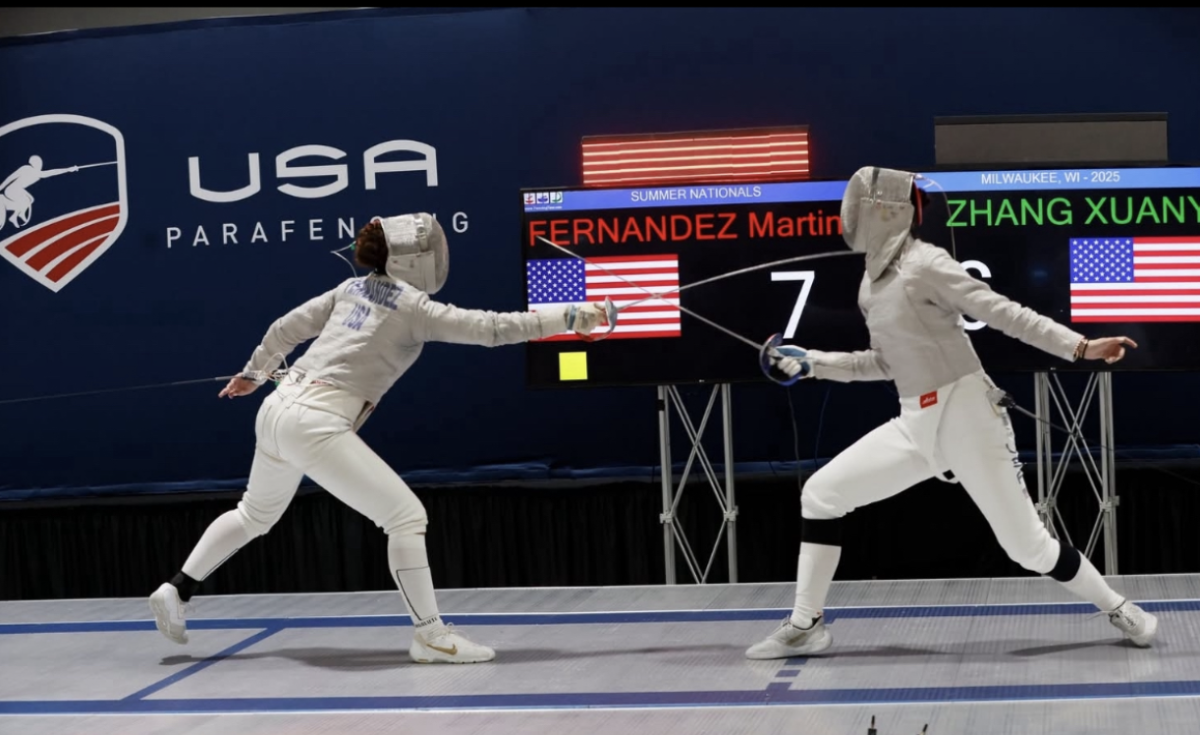
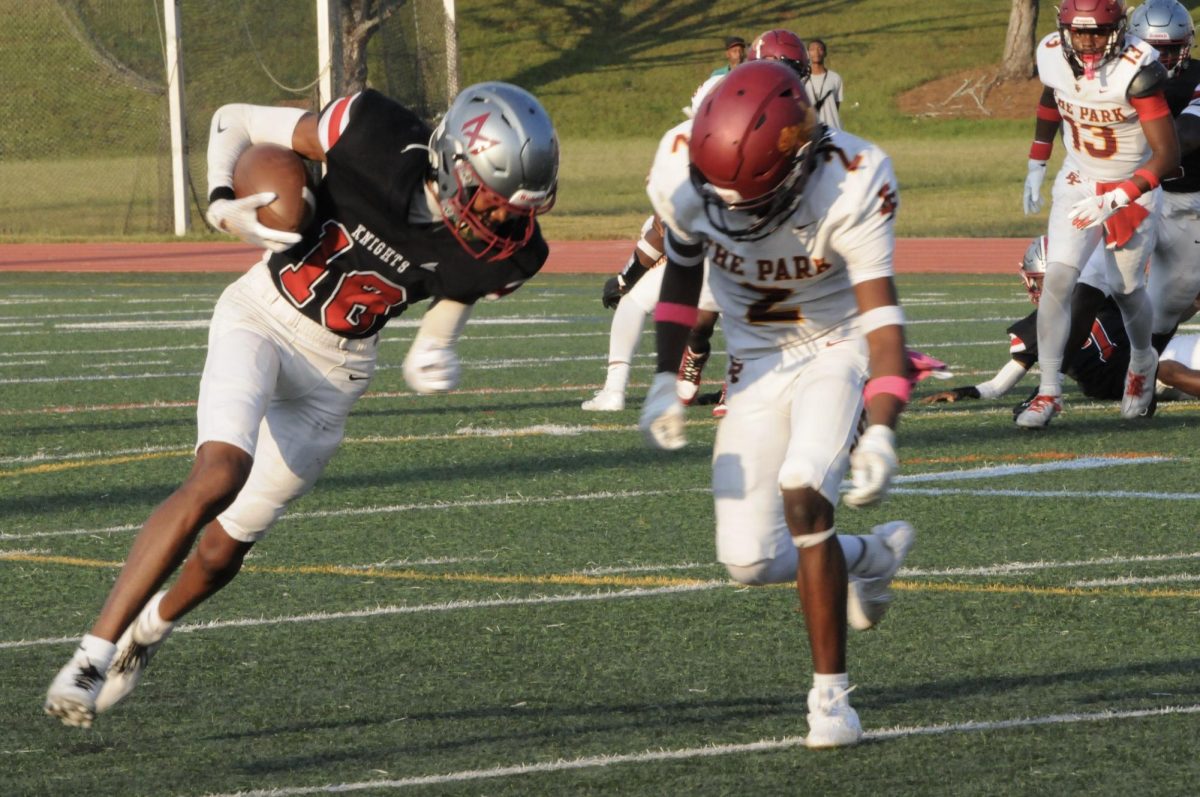
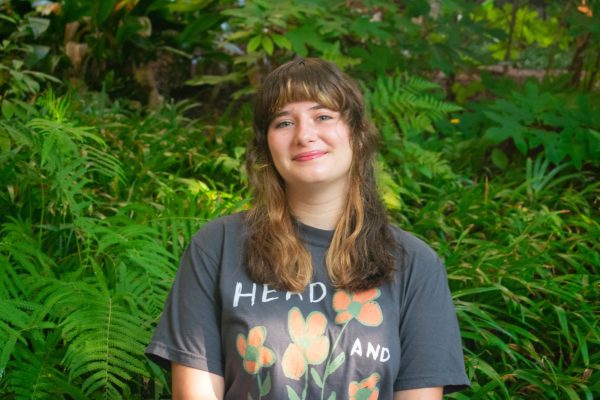
Palladeno Vicki • Mar 8, 2025 at 3:32 pm
Thank you for this in depth article. Aine is a very dedicated dancer, always a joy to watch!